The Pikey Peak Base Camp Budget Trek is a six-day trek that takes you to some of Nepal's most beautiful places. Even Sir Edmund Hillary, the first person to climb Mount Everest, claimed this trail as his favorite spot to enjoy the Everest view. This trek brings you to an altitude where you can see not just Mount Everest, but also other famous peaks like Kanchenjunga, Dhaulagiri, and Makalu. However, the trek has been designed to minimize the risk of AMS (Acute Mountain Sickness) by limiting the daily gain in altitude.
One of the highlights of this trek is the amazing diversity of flora and fauna you can see. The trail cuts through the lower Solukhumbu region, where you can spot a variety of species. From rhododendrons blooming in the forests to the rare sightings of Himalayan Tahr and Snow Leopard, the trek offers an unforgettable experience. Along the way, you may also cross the Dudh Koshi River, one of Nepal's most famous rivers.
Besides the natural beauty, the trek also lets you dive into the rich culture of the Sherpa tribe people. These friendly mountain dwellers are known for their hardy nature and their distinct traditions. As you walk through the traditional Sherpa villages, you can get a glimpse of their daily life and perhaps even share a cup of yak butter tea with the locals. It's a wonderful way to learn about a way of life that's been shaped by the Himalayas.
A visit to the ancient Buddhist monasteries is another key part of the trek. One such monastery is the Thupten Chholing Monastery, a spiritual hub in the region. Inside these monasteries, you can witness the monks in prayer and learn about Buddhist philosophy and teachings. The serene atmosphere and the beautiful religious artifacts add a unique spiritual dimension to your journey.
The trek to Pikey Peak Base Camp is full of other attractions as well. The 6-day Pikey Peak Trek Itinerary covers many scenic spots, from open ridgelines to lush valleys and charming teahouses. At each stop, there's a chance to enjoy sightseeing and capture unforgettable photos. Whether you're a fan of nature, culture, or adventure, the Pikey Peak Budget Trek offers something for everyone.
Best Time for Pikey Peak Base Camp Budget Trek
The Pikey Peak Base Camp journey can be undertaken at any time of the year, each season offering its own unique charm and experience. However, the best times to trek Pikey Peak are usually during the pre-monsoon (spring: March to June) and post-monsoon (autumn: September and December) seasons.
In spring, the trail is surrounded by blooming rhododendrons and other wildflowers, providing a colorful backdrop for your trek. The weather is generally clear, with comfortable daytime temperatures and moderate nights. It's also a great time for birdwatchers, as migratory birds are common during this season.
Autumn is another excellent time for the trek. Post-monsoon, the skies are usually clear providing stunning views of the Himalayan range, including Mount Everest. The temperature during the day is pleasant and perfect for trekking. Also, since it is the harvest season, you might get to witness local people engaging in harvest festivals.
During winter (January to February), the temperature drops significantly, especially at night, and there might be snowfall at higher altitudes. The trail is quieter during this time, providing a more solitary experience. However, the clear skies still provide great views of the snow-capped peaks.
Summer (July to August) is the monsoon season in Nepal, which can make the trails slippery and the views obscured by clouds and fog. Despite this, the landscape is lush and green, and there are fewer tourists on the trails.
Please note that the weather in the Himalayas can be unpredictable, so it's important to be prepared for changes in weather no matter when you choose to trek. Also, consult with local guides or travel agencies for up-to-date weather information before starting your trek.
Preparing for Pikey Peak Base Camp Budget Trek
A successful trek to Pikey Peak requires careful preparation. This includes familiarizing yourself with the trek route, understanding the altitude gain to avoid AMS (Acute Mountain Sickness), and preparing for the physical demands of the trek. You should also plan for the weather conditions during the time of your trek and pack your gear accordingly. Additionally, understanding the local culture and customs of the Sherpa tribe can enhance your trekking experience. Preparing thoroughly ensures a safer and more enjoyable trek.
Gear Requirement
Appropriate gear is crucial for the Pikey Peak trek. Essentials include a good pair of hiking boots, warm clothing (thermal layers, a down jacket, gloves, and a beanie for cold nights), a raincoat for unexpected showers, and sunglasses to protect your eyes from the sun and glare off the snow. A sturdy backpack, water purification tablets or a water filter bottle, a first aid kit, sunscreen, and trekking poles can also be very useful. Additionally, a good quality sleeping bag and a headlamp for night-time or early morning treks are recommended.
Fitness Requirement
Though Pikey Peak is a relatively moderate trek, it still requires a good level of physical fitness. Prior to the trek, engaging in cardio exercises like running, cycling, or swimming can be beneficial. Strength training that focuses on the legs can also be helpful as the trek involves long hours of walking, often uphill. Additionally, practicing hikes or long walks with a backpack before your trip can prepare your body for the trek's demands. It's also crucial to understand your body's response to high altitudes, so consider prior experience or training at high elevations.
Guide Requirement
Starting in 2023, the Government of Nepal has banned solo trekking and trekking without a guide in the country. This step has been taken to ensure the safety of trekkers and to reduce the risk of accidents. Hiring a government-licensed local guide not only provides employment to the local community but can also enrich your trekking experience. A local guide can help navigate the trails, provide information about the local culture and customs, and assist in case of emergencies.
Pikey Peak Budget Trek: Is It Right for Me?
The Pikey Peak Budget Trek is a fantastic adventure that offers a blend of natural beauty and cultural richness. However, whether it's right for you depends on several factors.
If you are on a limited budget but yearn for an authentic Himalayan trekking experience, this trek is a cost-effective option. You'll get to experience the splendid views of the Himalayas, walk through picturesque villages, and enjoy the hospitality of teahouses without breaking the bank.
If you're looking for a trek that isn't overly crowded, then this could be the right choice. Unlike some of the more well-trodden routes like the Everest Base Camp Trek, the Pikey Peak Trek is less crowded, giving you a more peaceful and personal experience.
For nature lovers, this trek offers a diverse landscape and a chance to see unique Himalayan flora and fauna. If you're interested in culture, the trek provides an opportunity to experience the traditions of the Sherpa people and visit ancient Buddhist monasteries.
If you have a limited amount of time, the Pikey Peak trek, which can be completed in 6 days, can be an excellent choice. However, keep in mind that while it's a moderate trek, it does require a decent level of fitness due to daily walking hours.
Lastly, if you're okay with basic teahouse accommodations and can handle potential language barriers with locals, then this trek can be an enriching experience.
If these aspects align with your interests, fitness level, and trekking goals, then the Pikey Peak Budget Trek could be a great fit for you! Always remember to check with a travel professional or trekking company to ensure that your chosen trek matches your abilities and preferences.
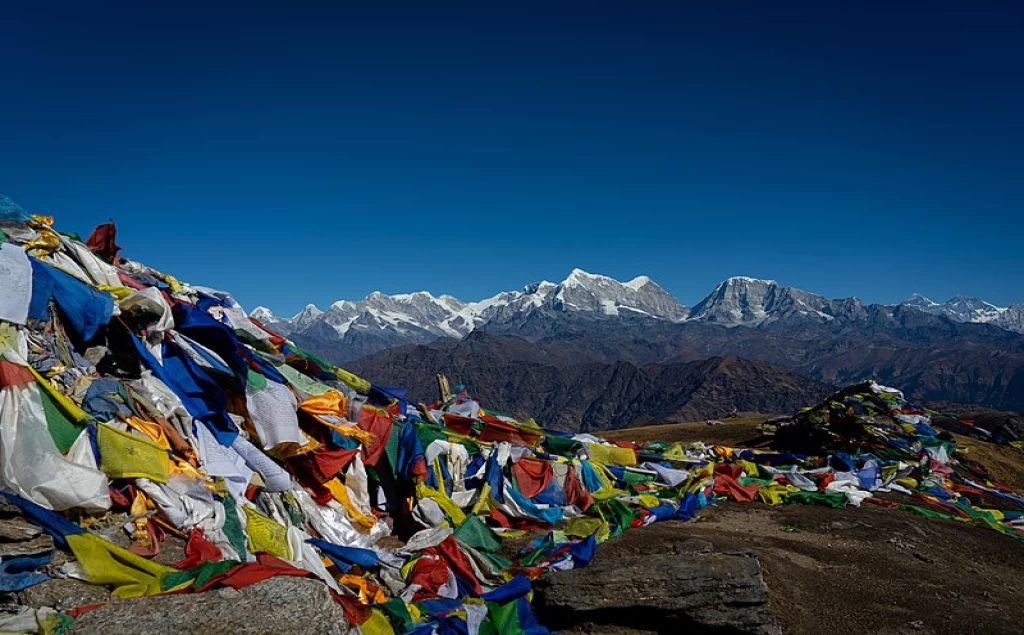
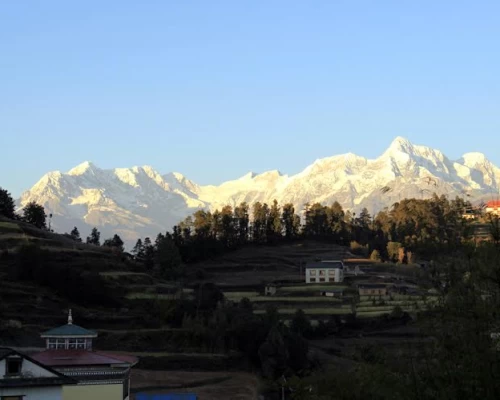


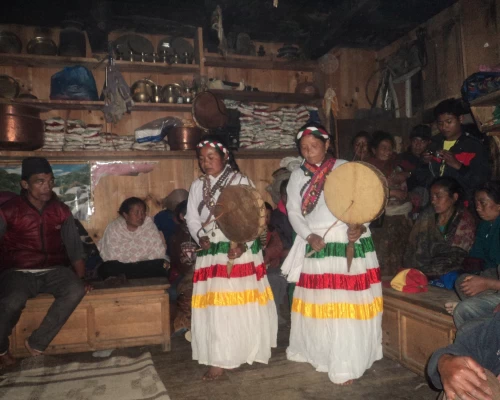
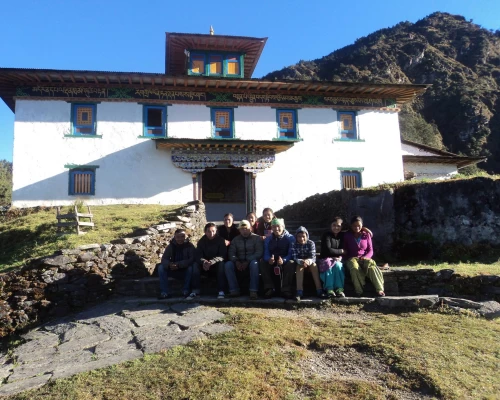
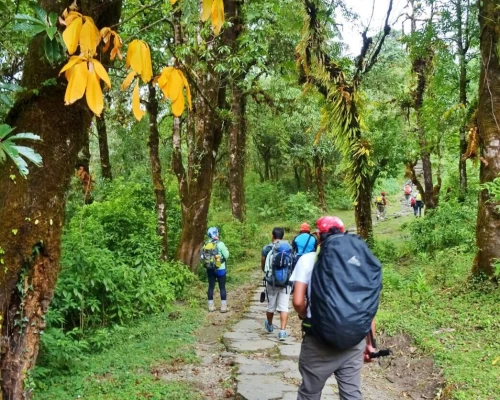
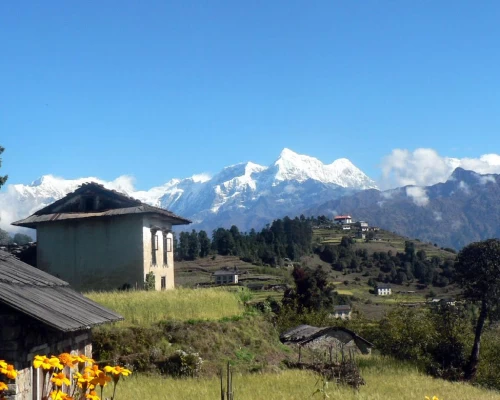
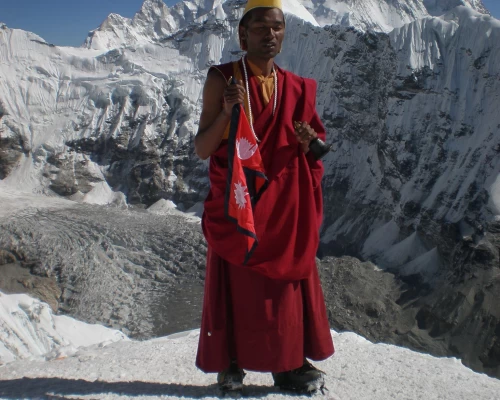
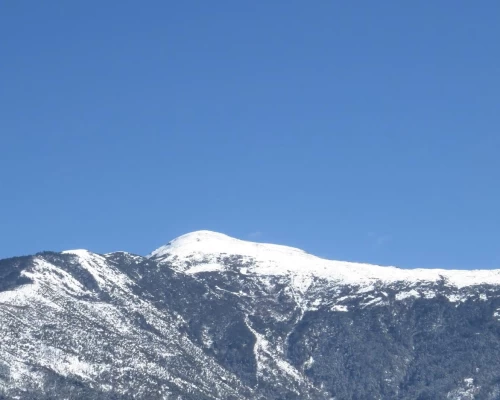

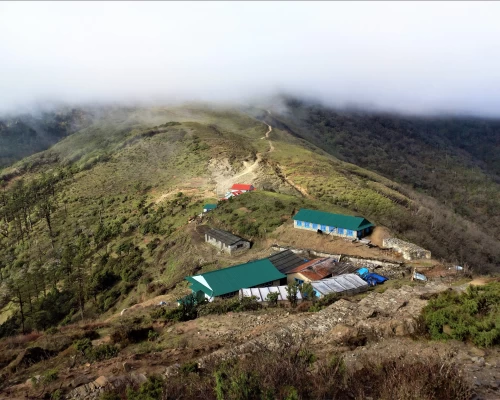
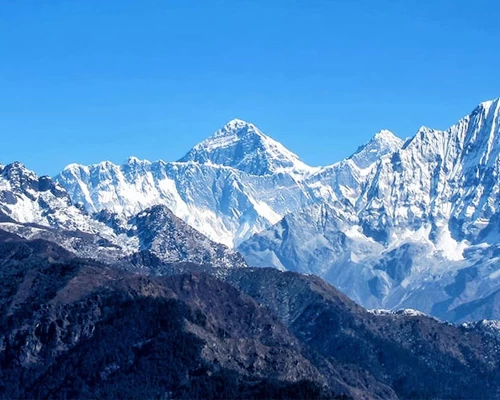

.jpg)